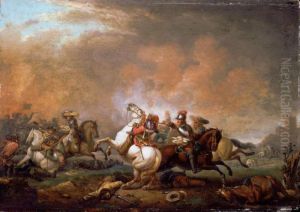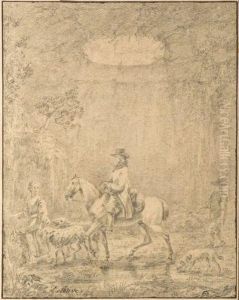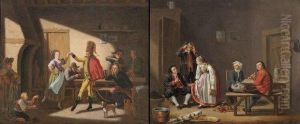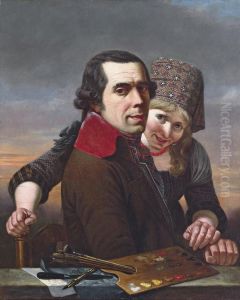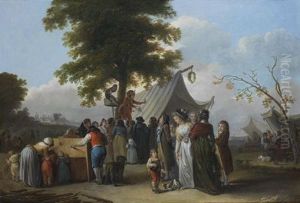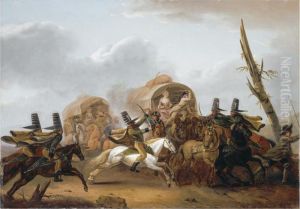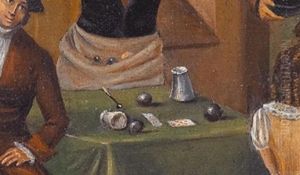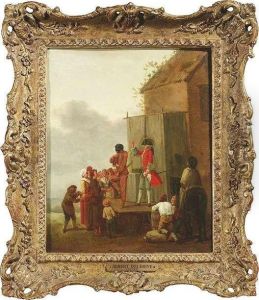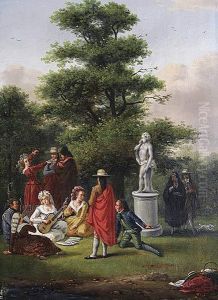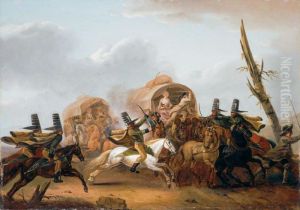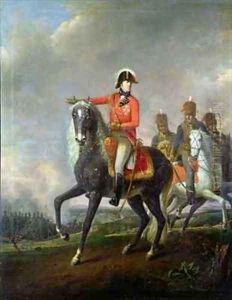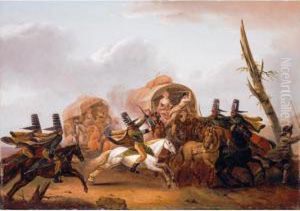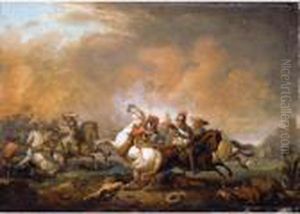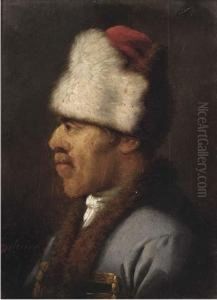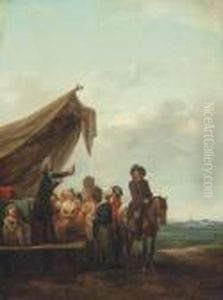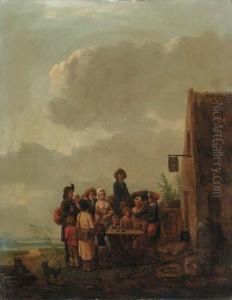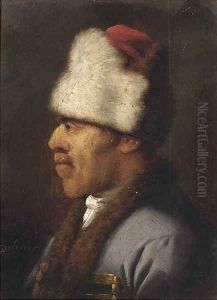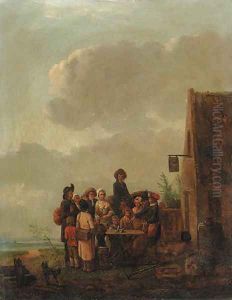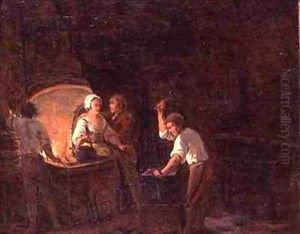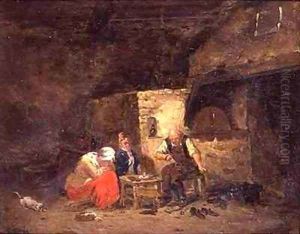Nicolas Louis Albert Delerive Paintings
Nicolas Louis Albert Delerive was a French artist known for his work as a painter and engraver during the 18th and early 19th centuries. Born in 1742, Delerive's artistic career was influenced by the turbulent times of pre-revolutionary France, as well as the dramatic changes that occurred during and after the French Revolution.
Delerive's early work was marked by the Rococo style, which was prevalent during the reign of Louis XV. This style was characterized by elaborate ornamentation, pastel colors, and often, lighthearted romantic themes. As a young artist, Delerive would have been trained in these traditional techniques and aesthetics, which were popular among the French aristocracy of the time.
However, as the political climate in France began to shift, so did the art. With the onset of the French Revolution in 1789, artists like Delerive found themselves working in a society that was rapidly changing. The revolution brought about a new set of values, and in the arts, this led to a move away from the frivolity of the Rococo towards Neoclassicism, which drew inspiration from the art and democracy of ancient Greece and Rome.
Throughout his career, Delerive adapted to these changes and his work began to reflect the more serious and moralistic tone of Neoclassicism. His engravings and paintings from this period often included classical subjects, and he was known for his attention to detail and ability to capture the human form.
Despite the upheavals of the revolution, Delerive managed to continue his work as an artist. In the years following the fall of the monarchy, he contributed to the burgeoning art scene in France, which was now being redefined under the ideals of Liberty, Equality, and Fraternity.
Nicolas Louis Albert Delerive passed away in 1813, leaving behind a body of work that encapsulates a fascinating period in French art history. His legacy is not as widely recognized as that of some of his contemporaries, but his contributions to both Rococo and Neoclassical art provide valuable insights into the aesthetic transitions that accompanied some of the most significant events in French history.
